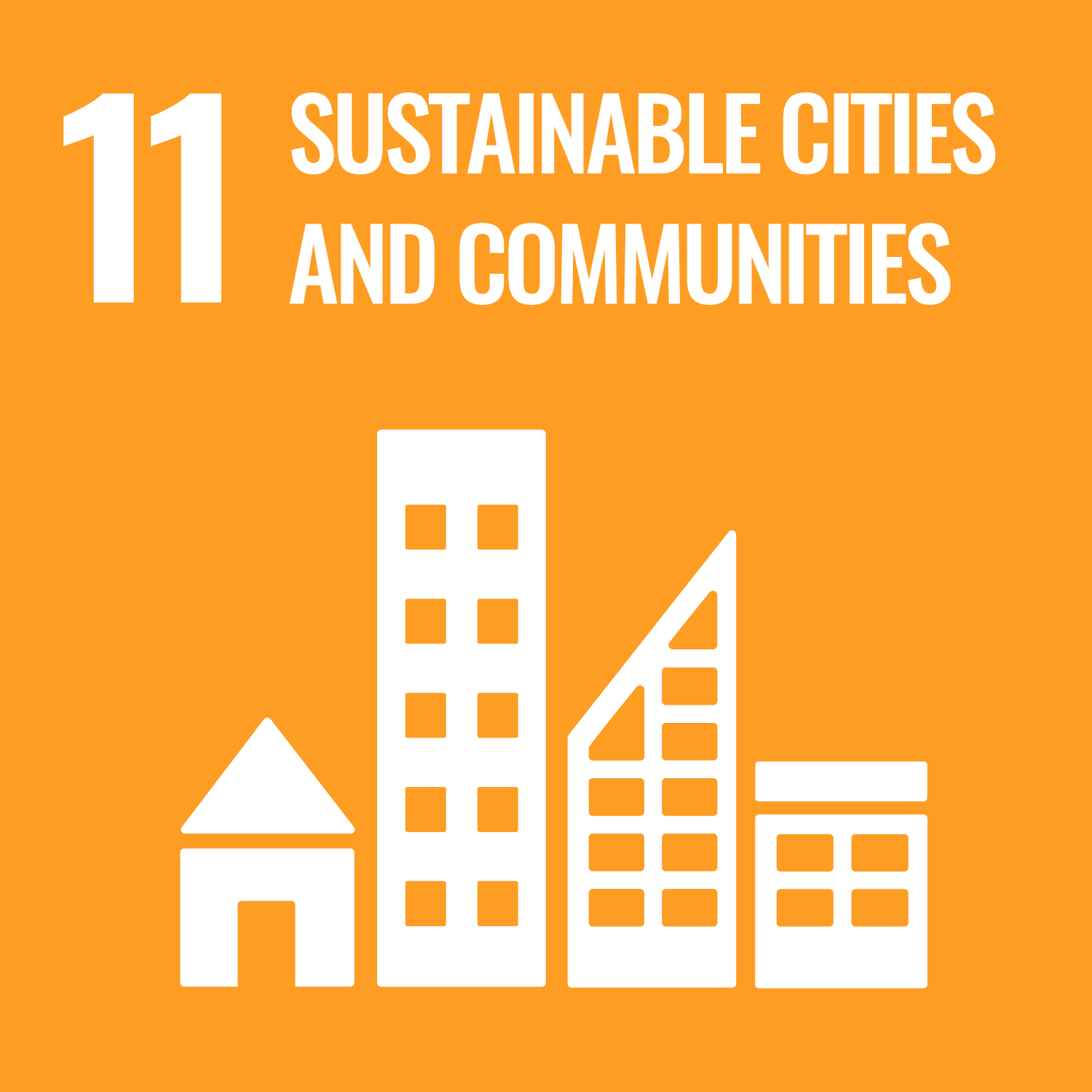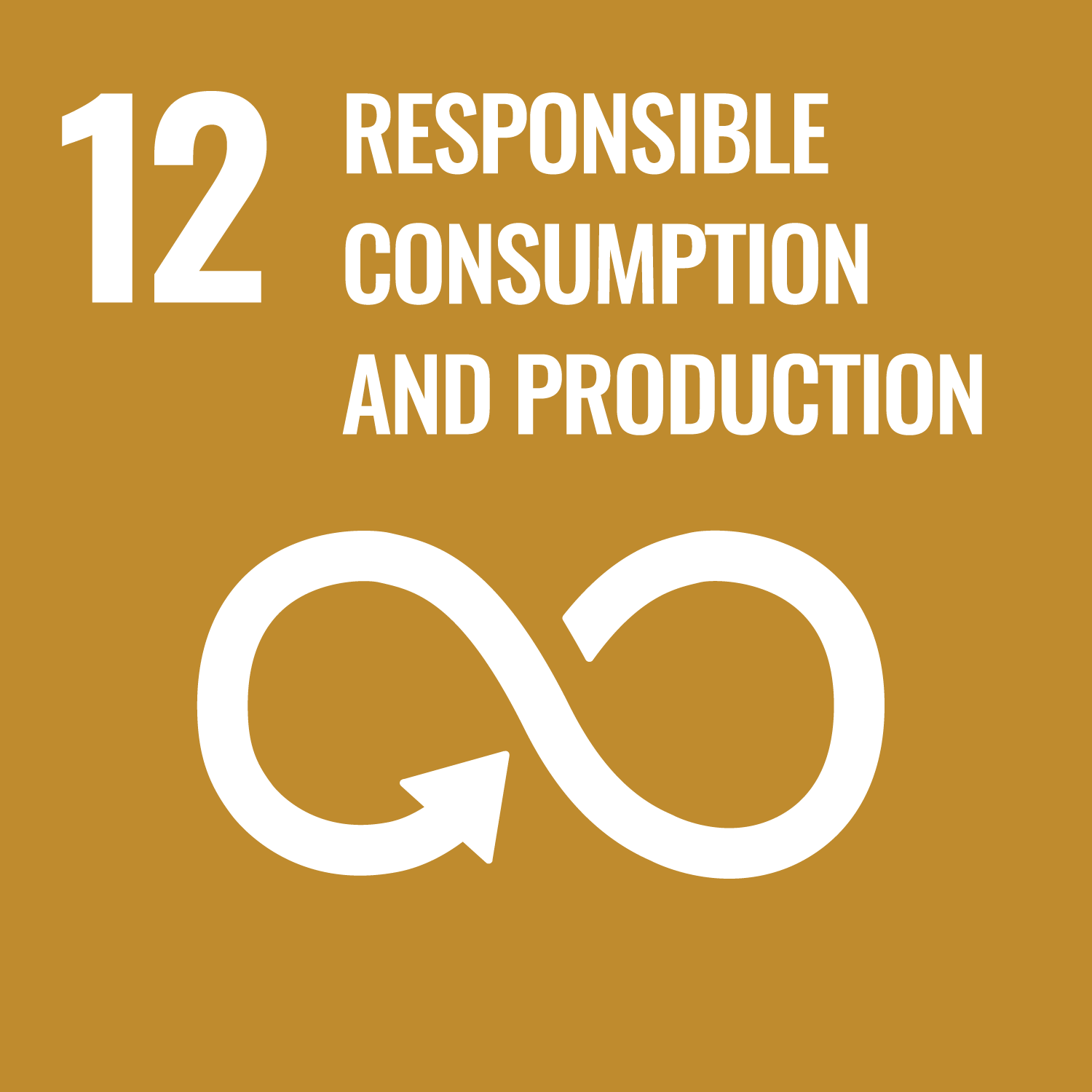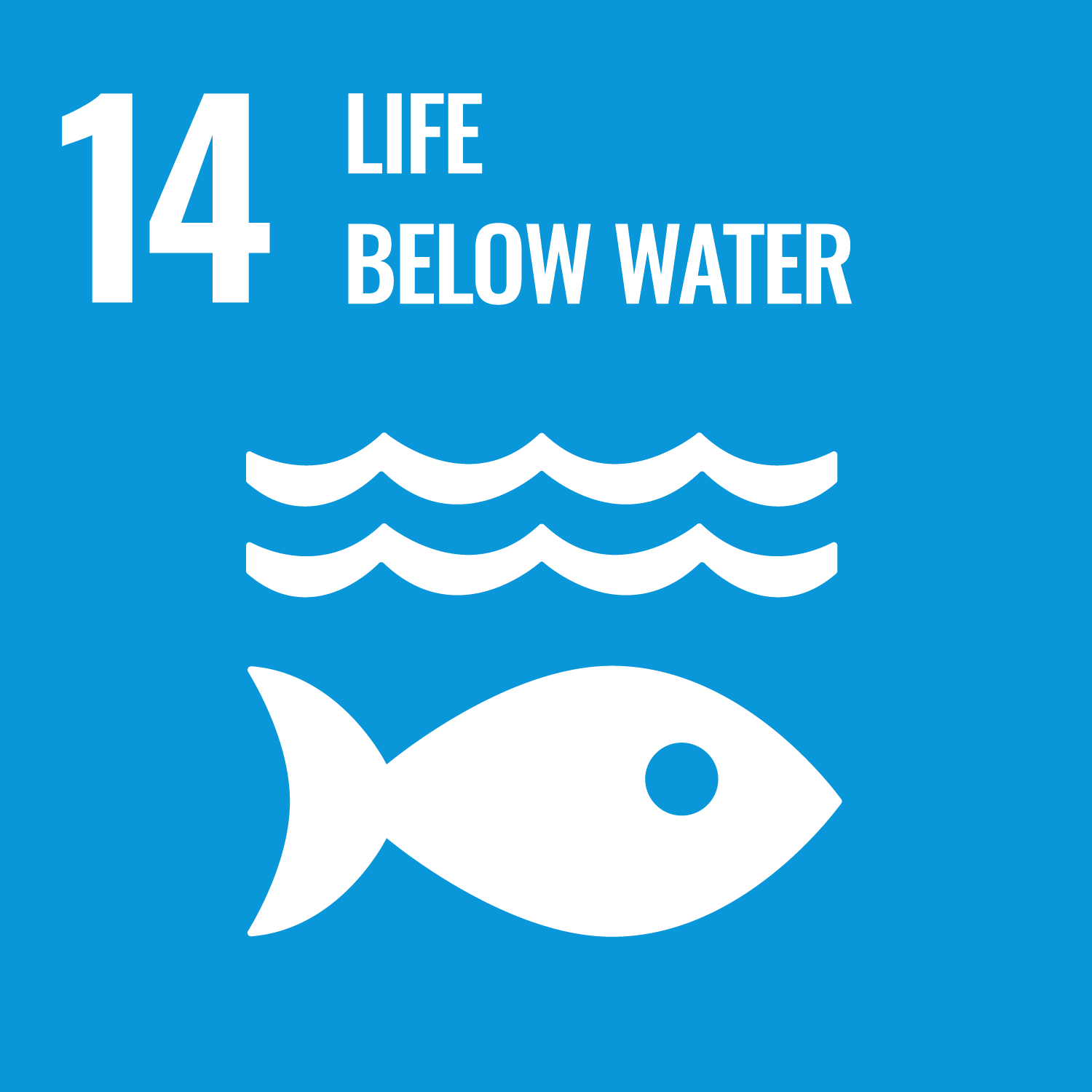Project Facts
Location
Austria
Vorarlberg-Vorderbregenzerwald
Project Volume
100.000-500.000 EUR
Applied Financing Solutions
Grants, Concessional Loans, Market-Rate Loans, Private Equity, Crowdfunding, Green Bonds, Blended Finance, Guarantees, Public-Private Partnership, Performance Contracting, Results-Based Financing, Carbon Market, In-Kind Contributions, Public Revenues, Other
Project Dates
Start: 2018
| End: 2019
In operation since/from: 2025
The Story
In 2015 in Paris the community of nations decided to keep global warming well below 2 °C. This means that greenhouse gas emissions must be reduced to zero by 2050. Will we succeed in living a climate-neutral life-style in rural areas by 2050? To what extent can households reduce their emissions already? What is beyond their control? So what needs to change politically to achieve the defined targets?
The Klima- und Energiefonds initiated a climate experiment in Vorderwald to find answers to this questions and to show how households also in rural areas can contribute to a carbon free future.
The Vorderwald is a sparsely populated rural region characterised by agricultural scattered settlements consisting of numerous hamlets. The high proportion of forest ensures high biomass potential. Altitudes between 700 and 1,600 m above sea level provide above-average opportunities for the use of solar energy. In the small-structured region with communities of between 400 and 2,000 inhabitants, people know each other - closeness to the citizens and high social capital characterise the region.
14 households comprising 64 persons from this region took part of this experiment. They were given a small material budget to finance measures for achieving the goals. These ranged from replacing light bulbs to checking household appliances, minimising electricity consumption, testing electric cars or bicycles, cooking workshops, vegetable boxes, or regional meat packages. The result: emission reduction of approx. 48 toCO2e/a, assuming that savings achieved by participating households are permanent.
Success Factor | Hero Moment
The climate experiment showed that households in rural areas can make significant progress towards achieving the climate goals through extraordinarily conscious lifestyles. However, it also became clear that for the vast majority of households it is not possible to achieve the climate goals under the framework conditions given. It will therefore take a great deal of effort on both sides: each individual must make his or her contribution, while at the same time adequate political and regulatory set-ups are needed as a basis for achieving the climate goals.
Still during the course of the 4-week experiment and subsequently one pv system was installed, one electric car and at least 4 electric bicycles were purchased.
Submitter
Klima- und Energiefonds, Austria
Contact Mail
presse@klimafonds.gv.at
Website
www.klimaundenergiemodellregionen.at/ausgewaehlte-projekte/leitprojekte/klimafreundlich-leben/
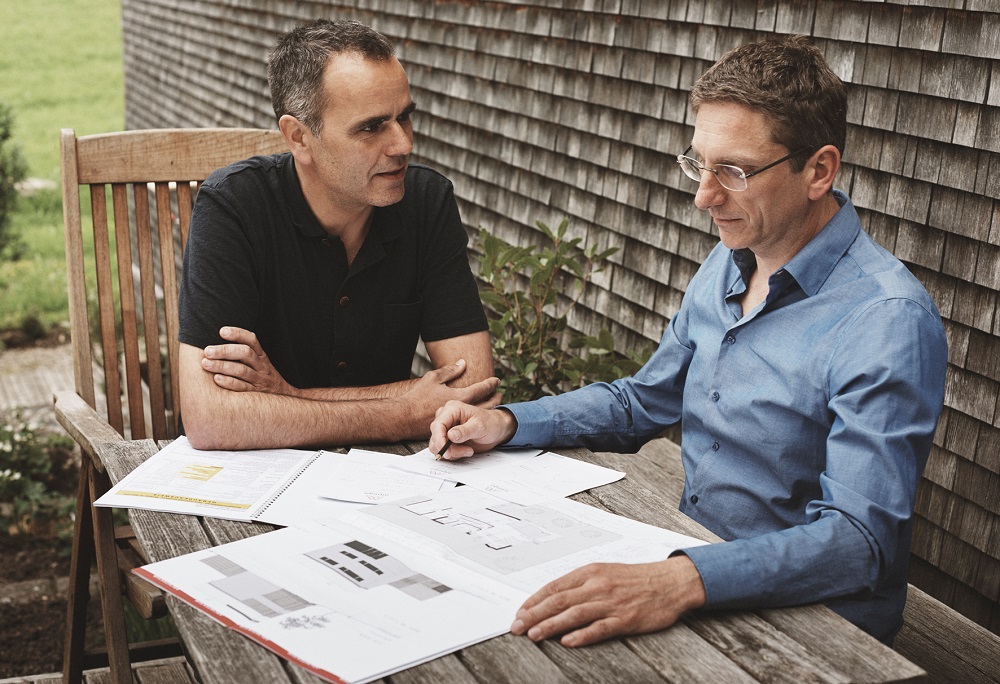 (c) Lucas Breuer
(c) Lucas Breuer 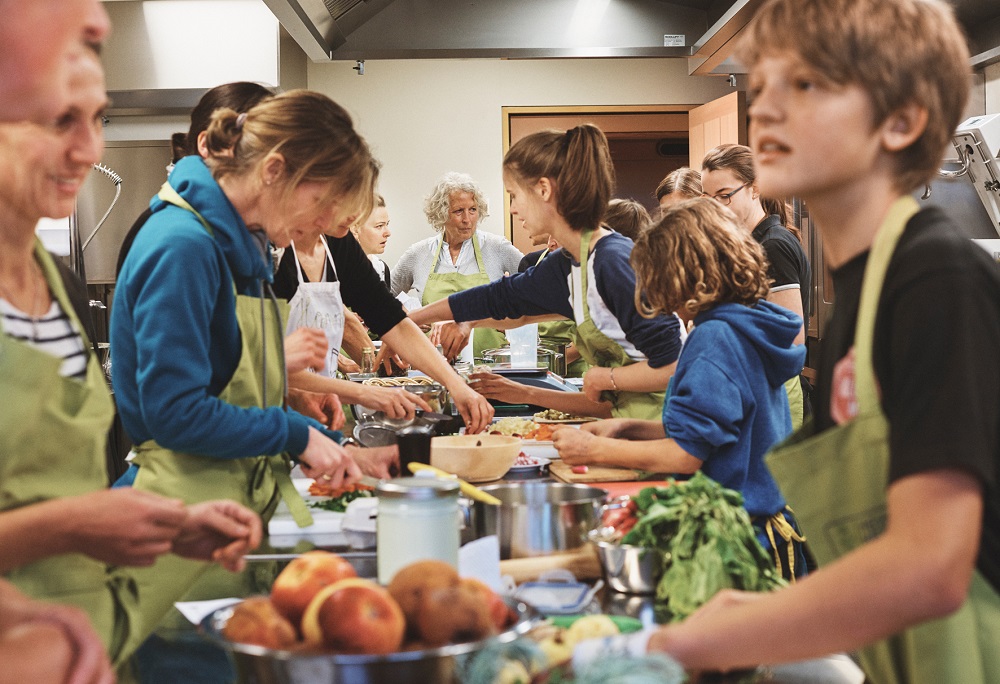 (c)Lucas Breuer
(c)Lucas Breuer 